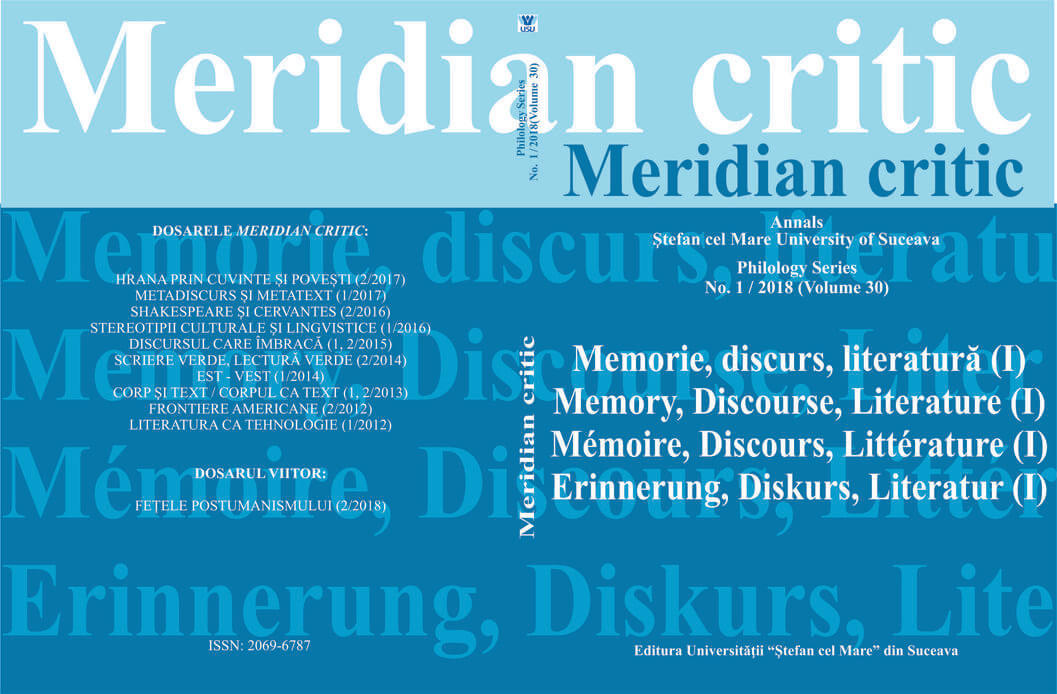Limbă literară şi limbă naţională. Politici lingvistice după Primul Război Mondial
Literary Language and National Language. Linguistic Policies after World War I
Author(s): Maria-Marilena CIOBANUSubject(s): Philology
Published by: UNIVERSITATEA »ȘTEFAN CEL MARE« SUCEAVA
Keywords: language;logos;word;World War 1;
Summary/Abstract: Language, a link between people and a key element, has circulated worldwide, using both oral and written forms. In his treaty, Politics, Aristotle develops the idea that man is distinguishable among primates due to his capacity to use language, logos – meaning the word – being a vital element of daily human interaction.The Romanian language, generous in forms and meanings, is a national language, being accepted as the official language of Romania. Used by our people with well-established roots since Independence, the language is also used in the Republic of Moldova and Serbia. Thus, Romanian is one of the languages that have crossed the borders of their country being spoken by other people, too. World War I brings– along with the unexpected attacks – particular changes in the structure of the Romanian language. From a positive perspective, the evolution has become visible, and this fact represents the success of the Romanian people to overcome their limits and to move into a new stage.
Journal: Meridian critic
- Issue Year: XXX/2018
- Issue No: 1
- Page Range: 43-48
- Page Count: 5
- Language: Romanian

